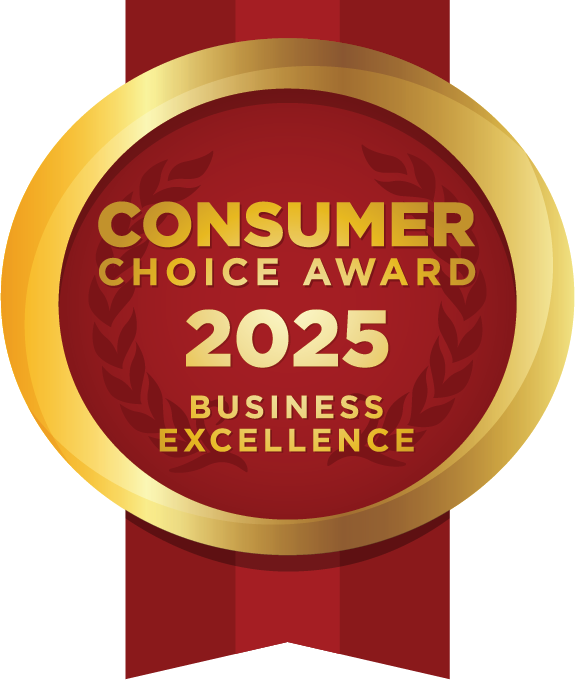Find free school worksheets, fun money games and financial literacy activities to teach kids about money. Check out all of our Alberta teaching resources by grade below.

Free worksheets to teach money concepts by grade
Whether you’re looking for teaching resources, homeschooling activities, or just want to keep your kids busy, Money Mentors is here to support you with the tools to teach financial literacy at home, in the community and in schools with resources for Grades K-12.
What our clients have to say
Alberta Financial Literacy Activities by Grade
Financial literacy lesson plans, activities and resources are free for teachers, parents, and students to use in the classroom and at home to teach grade-appropriate money concepts.

Kindergarten Worksheets & Games
In these learning activities, students explore the different Canadian coins and bills (i.e., loonies, toonies, $5, and $10) and learn how to identify them with a sorting activity and puzzles.

Grade 1 Worksheets & Games
Through these learning activities, students learn more about all Canadian coins and bills in an interactive way. They have the opportunity to play games, read poems, and engage in rich discussion.

Grade 2 Worksheets & Games
These engaging learning activities will help solidify students’ knowledge of coins and bills, while introducing them to the ways in which you can spend your money.

Grade 3 Worksheets & Games
These learning activities will help students learn the difference between goods and services and about where people spend their money. They will help students apply their reasoning and math skills.

Grade 4 Worksheets
These learning activities will foster discussion to help students explore Canadian currency, quality and quantity, and needs and wants through a sorting activity, puzzles, discussions, and a Kahoot!

Grade 5 Worksheets
In these learning activities, students will have the opportunity to explore the methods through which we purchase items, including cheques, debit and credit cards. Students will also be able to learn about the advantages and disadvantages of paying using each method.

Grade 6 Worksheets
These learning activities give students the opportunity to explore advertisements and comparison shopping, helping them understand how to shop smart and get the most for the money they spend.

Grade 7 Money Concepts
In these learning activities, students will be introduced to the basics of budgeting and to the types of expenses they can expect as they get older.

Grade 8 Money Concepts
In these learning activities, students will be able to explore banking vocabulary and opportunity costs through a situation-based activity, a matching game, and Blooket.

Grade 9 Money Concepts
These learning activities introduce students to the basics of debt and credit. They’ll learn the difference between secured and unsecured debt and gain a better understanding of credit terminology.

Grades 10 -12 Budgeting 101
These learning activities will help students to navigate increasingly complex financial decisions through an exploration of needs and wants, assets and liabilities, and SMART goals. They’ll create their own spending plan and determine their net worth.

Grades 10 – 12 Borrowing Basics
This series of learning activities helps students choose the right credit card for them (as over half of young adults obtain their first credit card between ages 18-20). They’ll also learn more about simple interest and how to calculate it, analyze a credit card statement, and play a Kahoot!

Grades 10 – 12 Debt Decisions
In these learning activities, students are introduced to debt ratios and the roll down your debt method of debt repayment. Additionally, Quizlet will help them to become familiar with debt terminology.

Grades 10 – 12 Tax Tips
These practical learning activities will familiarise students with paystubs and filing taxes. As a result, they’ll be more prepared to dive into the world of work!

Grades 10 – 12 Banking on Your Future
In these engaging and relevant learning activities, students will be introduced to services provided by financial institutions and how to make complaints to financial institutions. They’ll also have the opportunity to choose a bank account that’s right for them!

Additional Financial Resources
Can’t find what you’re looking for? We have lots of other great resources to help you on your financial education journey—from free online courses and youth spending plans to money tips.
Feeling overwhelmed these days? Let us help.


